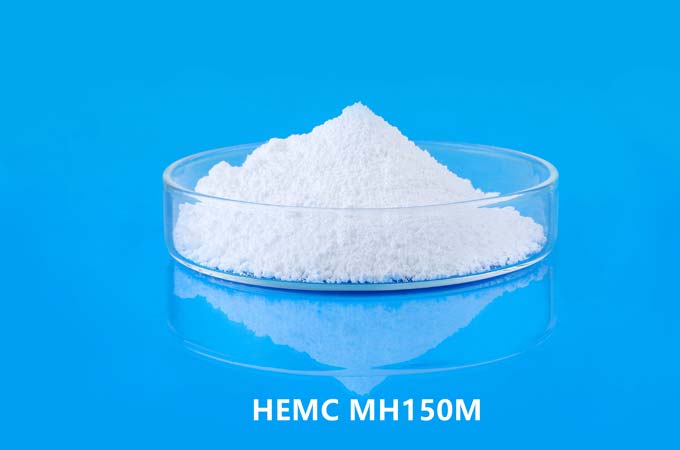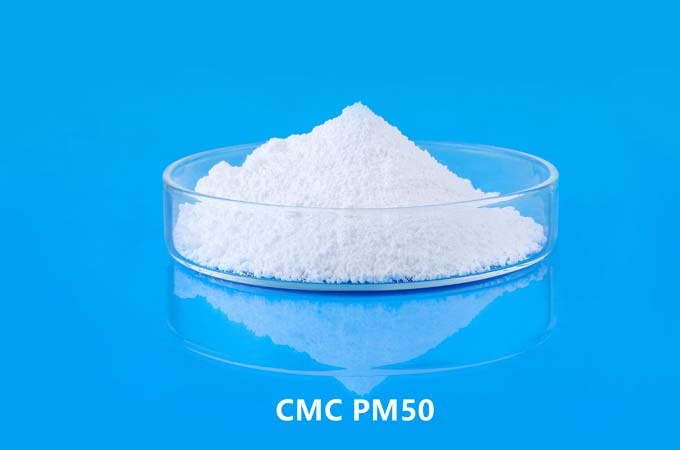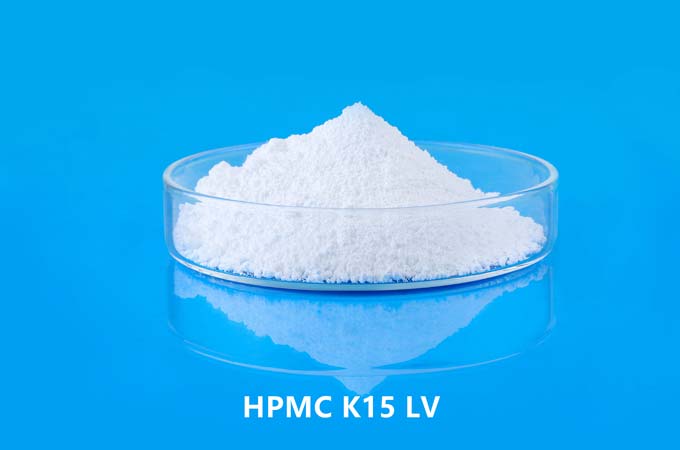In the preparation process of wet-mix masonry mortar, consistency (also known as fluidity or workability) is one of the important indicators to measure the construction performance of mortar. Hydroxypropyl methylcellulose (HPMC), as a high-efficiency cellulose ether, plays a key role in controlling the consistency of wet-mix masonry mortar.
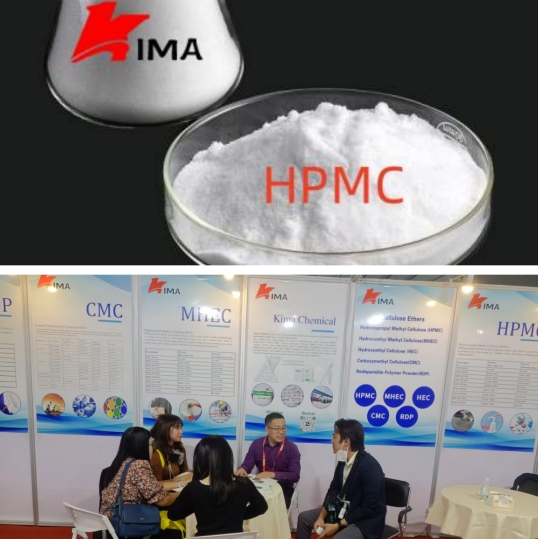
1. Definition of consistency of wet-mix masonry mortar
Consistency refers to the ability of mortar to flow under its own gravity or external force, reflecting its lubricity, water retention and construction convenience. Too high a consistency (too thin mortar) is prone to water seepage and strength loss; too low a consistency (too dry mortar) is difficult to spread, affecting construction efficiency and quality. Therefore, in actual construction, slump, stratification or fluidity are usually used to evaluate the consistency of mortar.
2. Basic properties of HPMC
Hydroxypropyl methylcellulose (HPMC) is a non-ionic water-soluble polymer with the following properties:
Excellent water retention: It can significantly delay water loss and improve the water retention rate of mortar.
Strong thickening effect: It can improve the adhesion and cohesion of mortar, making it more plastic.
Improved workability: Improve lubricity and operability time.
Thermogelation: Forming gel at high temperature helps to enhance the structural stability of mortar.
These properties directly affect the consistency and construction performance of mortar.
3. Mechanism of HPMC's influence on mortar consistency
3.1. Thickening effect
HPMC can quickly disperse in water and form a network structure, significantly increasing the viscosity of the slurry. When the free water released by cement hydration is partially adsorbed by HPMC, the free water in the system is reduced, the overall fluidity is reduced, and the mortar consistency is improved.
3.2. Water retention effect
HPMC has strong water absorption and film-forming ability, which can delay water penetration and evaporation and improve the water retention performance of mortar. Good water retention makes it difficult for mortar to ooze water during construction, which is conducive to maintaining uniform consistency.
3.3. Improved adhesion and smoothness
By improving adhesion and lubricity, HPMC makes it easier for mortar to spread and bond on the base surface, and will not cause insufficient consistency due to excessive dryness.
3.4. Factors affecting consistency
Amount of HPMC: The general amount used is 0.1~0.3% of the cementitious material. Excessive use may cause the mortar to be too sticky and affect flow.
Viscosity of HPMC: Low viscosity models (such as 40,000 mPa·s) have weak effect on improving consistency, and high viscosity models (such as 150,000 mPa·s) have stronger thickening ability.
Stirring conditions: Stirring intensity and time affect the full dispersion and thickening of HPMC.
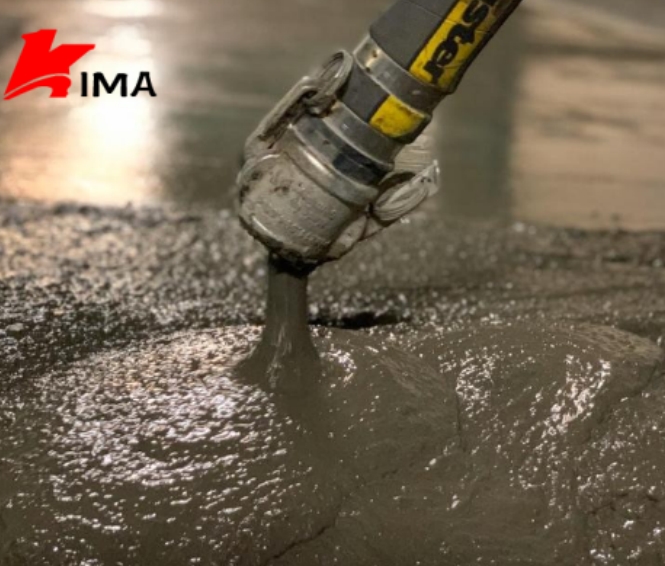
4. Measurement method of consistency
4.1. Slump method
Applicable to wet-mixed masonry mortar with moderate consistency. Standard cone mold (upper mouth 70mm, lower mouth 100mm, height 60mm), put the mixed mortar into the mold three times and compact it, lift the mold and measure the mortar sinking height (mm), which is the slump.
Standard range: Generally recommended slump is between 40~70mm.
4.2. Fluidity method
Applicable to more fluid mortar, using standard fluidity tester. Pour the mortar into the round mold, lift the mold and measure its natural expansion diameter (average value of two directions at 90 degrees to each other) as fluidity.
Recommended range: Generally between 160~200mm, adjusted according to project requirements.
4.3. Touch and construction trial paving method
Observing the spreadability, adhesion, sliding and feel of the mortar through manual construction trial paving (such as bricklaying or plastering), and making a comprehensive judgment based on the test data is a common method on site.
5. HPMC usage recommendations and precautions
5.1.Selection recommendations:
It is recommended to use medium-high viscosity HPMC (70,000-150,000 mPa·s) for masonry mortar.
If you need to improve water retention and lubricity, you can choose low-substitution, fine powder HPMC.
5.2.Proportion control:
Avoid excessive use of HPMC, otherwise it may cause excessive viscosity and increase construction resistance.
It is recommended to use it in combination with other additives (such as water retaining agent and water reducing agent).
5.3.Temperature adaptability:
In high-temperature construction environments, select HPMC varieties with excellent thermal gel performance to maintain consistency stability.
5.4.Dispersion method:
It can be dry-mixed evenly in cement and sand, and then added with water to avoid agglomeration affecting dispersion and consistency evaluation.
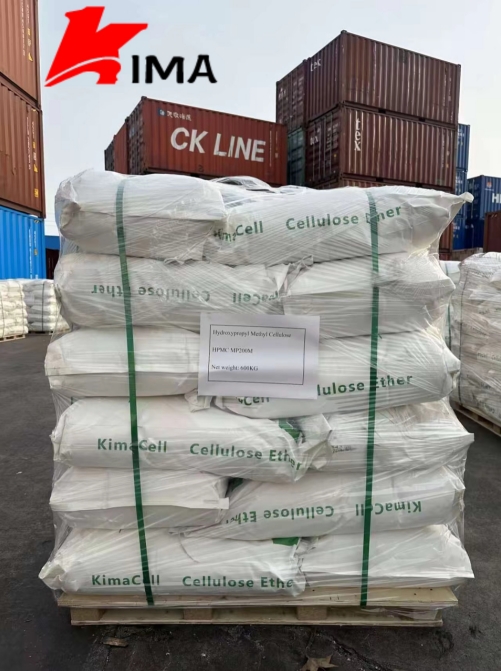
HPMC plays an important role in consistency regulation in wet-mixed masonry mortar. Through its excellent thickening, water retention and lubricity, the controllability and stability of mortar consistency can be achieved, thereby improving the workability and final performance of the mortar. By rationally selecting the HPMC model and dosage, combined with scientific measurement methods (such as slump or fluidity test), the consistency of wet-mix masonry mortar can be accurately determined and regulated to meet the requirements of different construction processes and environments.
 English
English 日本語
日本語 français
français Deutsch
Deutsch Español
Español italiano
italiano русский
русский português
português العربية
العربية Türkçe
Türkçe Nederland
Nederland



